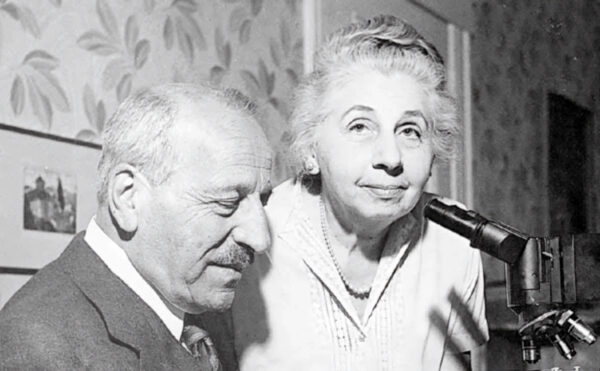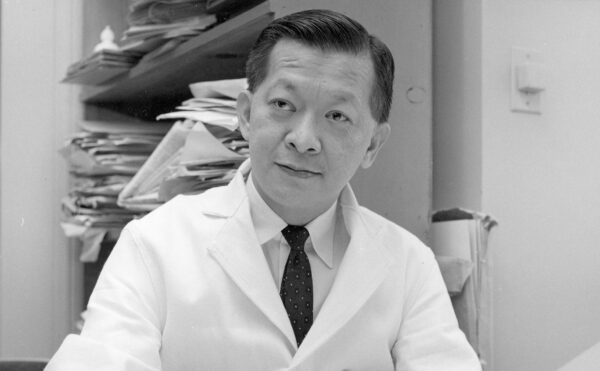Elizabeth Siegel Watkins. The Estrogen Elixir: A History of Hormone Replacement Therapy in America. Baltimore: Johns Hopkins University Press, 2007. ix + 351 pp. $45.00.
In July 2002 the National Institutes of Health terminated the Women’s Health Initiative (WHI)—its federally funded clinical trial of hormone replacement therapy—three years ahead of schedule. The data collected up to that point indicated that the risks of long-term hormone replacement theory (HRT) use were far greater than its benefits. In particular, long-term HRT use was found to increase a woman’s risk of heart attack, stroke, and blood clots. These findings were especially troubling for their belated timing: HRT had been hailed since the early 1990s for its power to significantly reduce a woman’s risk of cardiovascular disease—and it had been heavily prescribed for that purpose. The impact of the WHI’s findings was profound. Within a year after its termination, prescriptions for all brands of HRT had declined by more than a third.
But how had HRT come to be one of the most heavily prescribed drugs in the United States? Moreover, why is menopause—a natural part of the aging process in women—something that is managed medically? And why, despite HRT’s use in the treatment of menopausal symptoms since the 1940s, did it take six decades for researchers to elucidate the health risks associated with HRT? These are just some of the questions that Elizabeth Siegel Watkins addresses in The Estrogen Elixir, a wonderfully written and compelling history of hormone replacement therapy over the “long” 20th century in the United States.
Far from being a story of therapeutic triumph, The Estrogen Elixir is the “story of the rise and fall, and rise and fall again of estrogen and its promise to stave off the effects of aging.” Watkins organizes the history of HRT into four chronological periods. A half-century of research and speculation as to the function of the reproductive hormones, beginning in the 1890s, led to the introduction of estrogen as a short-term treatment for menopausal symptoms in the 1940s and 1950s. During this time, however, estrogen therapy was considered a treatment of last resort in physicians’ three-tier approach to managing menopause, prescribed only after counseling and sedatives failed to relieve a woman’s menopausal symptoms.
Between 1960 and 1975 estrogen therapy reached its first therapeutic heyday after a handful of prominent reproductive endocrinologists redefined menopause as an “estrogen-deficiency disease.” Proponents of this medicalized and pathologized model of menopause argued that long-term estrogen replacement therapy was essential for managing not only the symptoms of menopause but also the multitude of perceived problems incurred by postmenopausal women. Such problems ranged from a loss of beauty and femininity to an increased risk for heart disease. As Watkins argues, however, a medical model of menopause—and the selling of HRT as an elixir against aging—was contingent on America’s cultural obsession with youth and beauty.
In 1976 HRT experienced its first fall from medical grace after researchers discovered that long-term estrogen therapy significantly increased a woman’s risk of developing endometrial cancer. That same year two research studies challenged the long-standing hypothesis put forth by proponents of long-term HRT: that estrogen conferred protection against heart disease and breast cancer. Although there was much debate among the medical community regarding the quality of these studies and what they meant for estrogen therapy, the number of annual prescriptions for estrogen fell dramatically over the next decade: pharmacists were filling about 14 million prescriptions for estrogen by 1980, half the number of doses dispensed in 1975.
By the end of the 1980s, however, HRT had undergone a sort of resurrection. As Watkins describes, researchers had confirmed earlier in the decade that estrogen loss during and after menopause led to bone loss and, in many women, to osteoporosis. At the same time, other researchers confirmed that the coupling of progesterone with estrogen therapy counteracted estrogen’s carcinogenicity. Following these findings, physicians, drug manufacturers, and journalists heavily promoted combined estrogen and progesterone therapy as being essential for the prevention of osteoporosis in postmenopausal women.
Watkins argues, however, that the scientific data alone were not sufficient to induce HRT’s rise in popularity. Its resurrection in the 1980s was aided by a growing health consciousness among middle- and upper-class Americans, the country’s continuing cultural obsession with youth, and the emergence of a disease-based advocacy organization, the Osteoporosis Foundation, which sought to educate the public and the medical community about osteoporosis. By 1990 the annual number of estrogen prescriptions had reached 30 million, and in 1992 noncontraceptive estrogen became the most widely prescribed drug in the United States. It remained alternately the first or second most widely prescribed drug for the rest of the decade.
Although there are several themes in the book, to this reader one of the most important addressed by Watkins is the history of women’s health activism. Indeed, Watkins tracks the efforts of women’s health activists to expand women’s access to balanced information on HRT, rescue discussions of menopause and other natural events in women’s lives from a medical framework, and incorporate women’s health into the established institutions of medicine and medical research. In doing so Watkins describes the changing personalities, strategies, and priorities of the women’s health movement and highlights the multiple definitions, meanings, and conceptions of “feminist” health care and health feminism that have characterized women’s health activism over the last three decades.
The Estrogen Elixir, then, is more than a medical history of HRT. It is also a history of the medicalization of women’s health and changing cultural attitudes toward aging, femininity, female identity, women’s health activism, and the science of drug evaluations. Watkins implicates physicians, reproductive endocrinologists, drug manufacturers, journalists, and feminist health activists in the medicalization of menopause and in the rise and fall of HRT.




